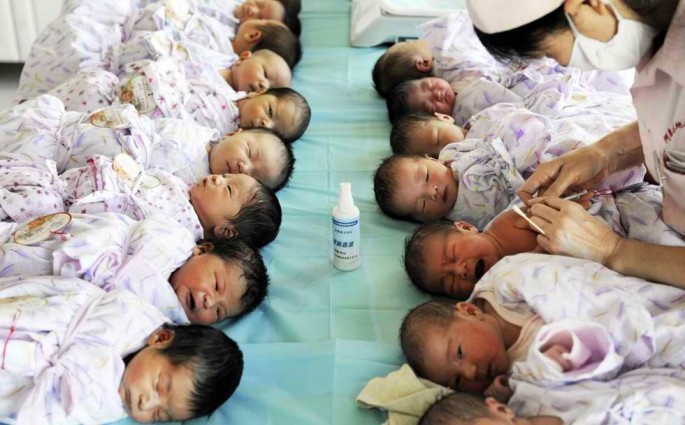Beijing is cautiously assessing its population policy after implementing the “second child alone” policy into practice for over a year.
The National Health and Family Planning Commission as well as other government agencies are discussing the feasibility of fully allowing for a second child in Chinese households.
The current policy in place permits a family to have a second child on the condition that both parents came from single-child families.
It is essentially a selective second child or double single, second child policy.
The adjustment shows the dramatic change of China's population structure in the recent years.
According to statistics from the commission, Chinese citizens between the ages of 0-14 comprised 16.5 percent of the nation's total population. It is 0.1 percent lower than the population census in 2010 and below the global average of 26 percent, showing no significant improvent.
The number of those who were age 60 or higher continued to increase, from 13.3 percent in 2010 to 15.5 percent in 2014.
What can be gleaned from the data is a trend of accelerated aging and declining births, which the government is trying to resolve.
Furthermore, an equally problematic phenomenon is presenting itself, as recent surveys conducted by several research institutes indicate that there is not much willingness on the part of young couples to produce a child.
Under the scheme, 1.45 million couples in the nation had applied in order to conceive a second child until May of this year.
Every month, approximately 80,000 to 90,000 couples apply to be able to produce a second child.




























